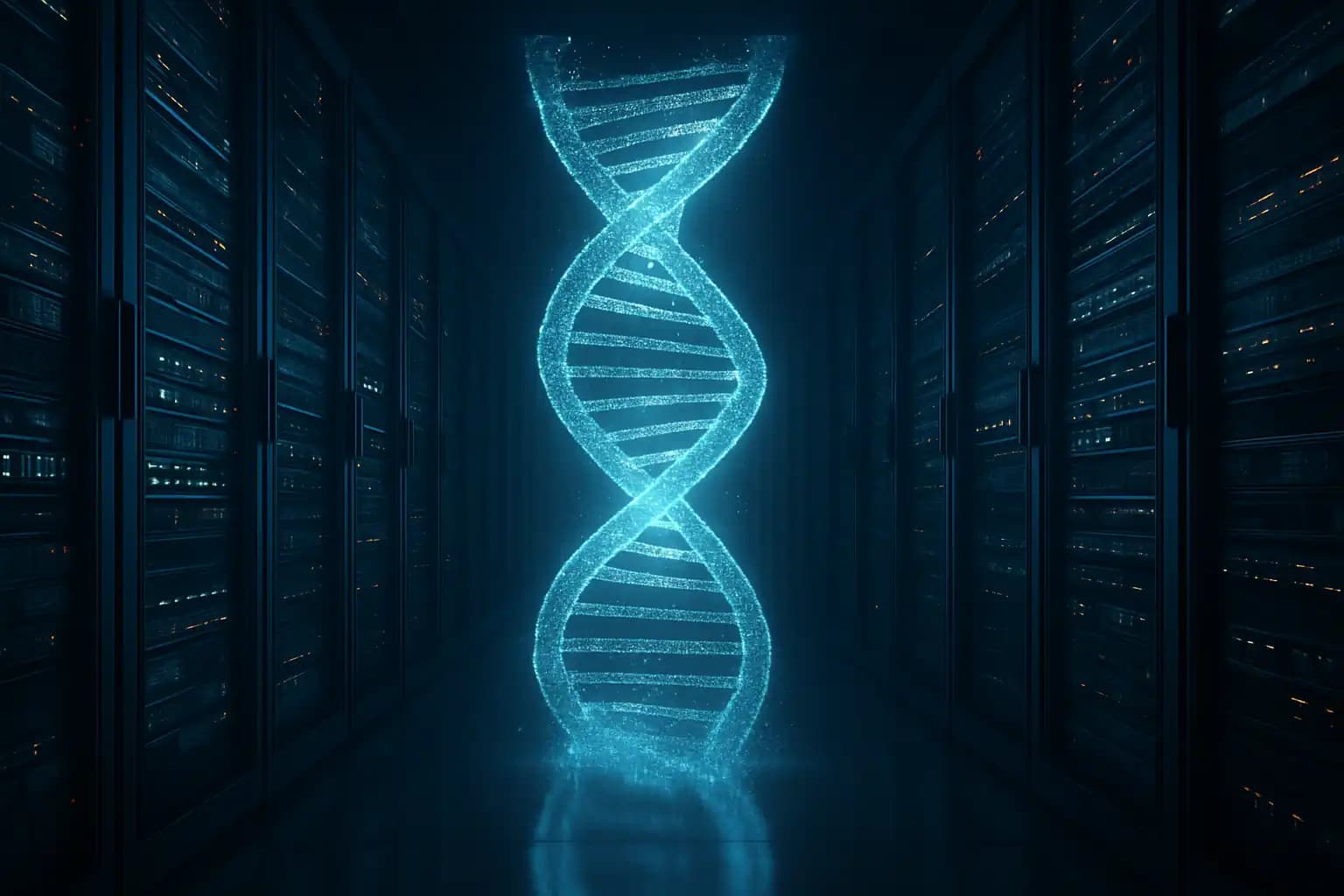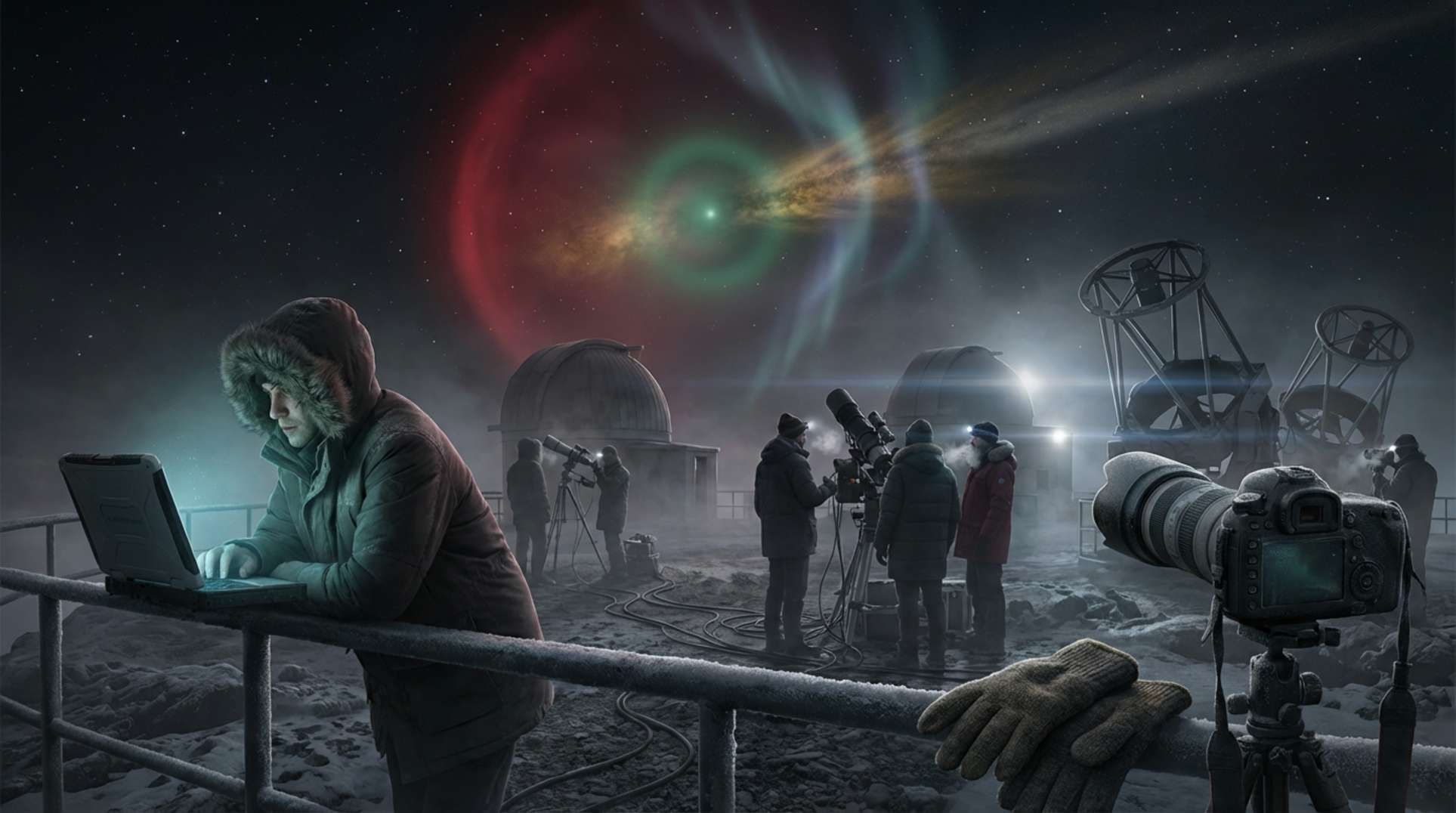Your phone feels limitless until the storage bar flashes red. Scale that anxiety to civilization: sensors, satellites, and social media fill cloud arrays that gulp more electricity than many nations. According to Cisco, global data generation will hit 180 zettabytes by 2025—double today’s footprint. Humanity has faced capacity ceilings before, but each time society evolved to survive. The third encounter looms in under two years, and this time silicon cannot save us.
From clay tablets to quantum drives, information needs room to breathe. When it suffocates, economies seize, scientific progress stalls, and geopolitics falters. Warning signs appear in recent headlines: energy rationing in Dublin’s data centers, hard-drive supply shocks in Bangkok floods, and hospital ransomware exploiting neglected backups, themes dissected on marked-in-code-07212024. History reveals a pattern: we first store, then hoard, panic, and finally innovate. We once again stand on that pivot.
From Clay to Cloud: A Timeline of Data Overload
Information overload predates electricity. Ancient Sumerian scribes created clay-tablet catalogs to manage overflowing archives; medieval monks rebuilt scriptoria after fires to track royal edicts. However, the modern era faced its first capacity crisis in the 1890 U.S. census. Herman Hollerith’s punch-card system digitized demographic data and generated sixty million stiff paper tiles—so many that the government created dedicated warehouses and coined the term “data processing.” The tech press of that era questioned whether the republic could physically store its own statistics.
Punch cards remained in business and academia for nearly a century, but their bulk indicated a ceiling. The punched-card page notes that a single line of code occupied an entire card—about 80 bytes. By the 1960s, universities were disposing of literal tons of cardboard when magnetic tape emerged. Crisis averted, but only for a generation.
Punch Cards and Humanity’s First Digital Ceiling
The punch-card crunch was more than a storage hiccup; it sparked the birth of IBM. Machines like the 407 Accounting Unit automated tabulation, highlighting the fragility of capacity planning. Scholars at the Computer History Museum estimate that had punch cards dominated during the space race, Cape Canaveral would need a storage building larger than its Vehicle Assembly Building just to house telemetry.
The severity became clear during World War II, when encrypted traffic surged. Intelligence officers turned to microfilm to reduce intercept pools, foreshadowing modern compression techniques. Contemporary historians draw parallels to today’s edge-AI frenzy, examined in runaway-minds-ai-07152024, where model sizes balloon faster than GPU farms can grow.
The 2002 Digital Tipping Point and the Second Crunch
The second ceiling emerged silently in 2002, the first year digital storage surpassed analog. The landmark Science study by Hilbert & López, “The World’s Technological Capacity to Store, Communicate, and Compute Information”, calculated that humanity had 295 exabytes of storage—barely enough for the eight trillion SMS messages sent that year. It predicted we would double capacity every three years, but demand accelerated faster.
By 2010, Netflix streaming, iPhone photos, and surveillance video pushed spindle drives to their limits. Engineers responded with flash, RAID arrays, and hyperscale data centers—cathedral-sized halls of humming servers chronicled during thermal emergencies captured on magnetic-mayhem-07172024. Yet each petabyte added more carbon and complexity, inviting new vulnerabilities for nation-state hackers or solar storms like those dissected on seconds-before-midnight-07112024.
Zettabyte Era: Why We Will Hit Limit #3 by 2025
Analysts at IDC project that by late 2025, we will generate 463 exabytes per day, exceeding viable growth curves for hard disks and NAND. For proof, check tariffs on helium, a crucial gas for modern 22-terabyte drives. Supply chains twist, CAPEX skyrockets, and enterprise CTOs resurrect tiered-storage strategies reminiscent of magnetic-tape vaults.
Microsoft’s research arm recognizes the writing on the server rack. Its quartz-based Project Silica claims to etch seven terabytes into a coaster-size glass slate that withstands heat, radiation, and water damage. The initiative gained urgency after floods drowned datacenters in Thailand—themes echoed in celluloid-secrets-07092024, chronicling nitrate film’s flammability and archival loss. Silica pitches long-term archival resilience but acknowledges an imminent shortage of conventional bits per watt.
Beyond Silicon: DNA and Glass as Radical Storage Futures
Even glass may serve as a stop-gap. Molecular biologists tout DNA strands as the ultimate write-once medium: dense, self-replicating, and stable for 10,000 years if refrigerated. The concept of DNA digital data storage gained attention when researchers encoded all of Wikipedia into a vial smaller than a pepper flake. Start-ups are courting pharma-lab investors to automate synthesis and sequencing at scale.
Critics call DNA storage impractical—slow, costly, and error-prone—but so were silicon wafers in 1959. Early transistor fabs could barely yield one functional chip per batch. By analogy, DNA write speeds need only double a dozen times to compete with tape for cold archives. Factor in energy savings—no spinning disks, no air conditioning—and the economics improve. These arguments frequently appear in venture decks, the same kind flagged in bunkered-beneath-07162024, where redundancy plans now list “biomolecular vaults” next to off-planet backups.
Energy, Security, and the Geopolitics of Infinite Memory
Storage is not neutral; it shapes sovereignty. The EU’s GAIA-X initiative seeks regional cloud autonomy; China’s Cybersecurity Law demands local data residency. If only a few nations master DNA or glass encoding, information asymmetry will grow. Consider that quartz slabs weigh little and require no power—ideal cargo for lunar habitats discussed in orbital-intruder-07142024. The entity establishing archival standards in orbit will influence future historiography.
Cyber-offense also evolves. Immutable glass seems secure until adversaries steal a single slab containing state secrets. DNA archives might carry bio-active code, raising dual-use alarms where genomics meets espionage. Policy think-tanks already draft “Geneva conventions for data,” reflecting debates around kinetic and electromagnetic warfare on flashpoint-himalayas-07202024.
Building Resilience Before the Capacity Cliff
How can companies and governments avoid crunch #3? Multipronged strategies beckon: content deduplication, on-device AI summarizing instead of storing raw feeds, and regulatory incentives to delete stale logs. Some banks now practice “data fasting,” purging telemetry after verified audits. Edge-compute advocates claim that 70 percent of video analytics can run locally, sending only metadata upstream—an ethos paralleling conservation messages from interstellar-g-cloud-shock-07232024, which warns of limited planetary resources.
Yet deletion cannot offset creative explosion—4K AR worlds, full-body VR scans, and extensive AI training sets loom large. Humanity will imprint memories into quartz panes and DNA coils, as narrative equals survival. In pursuing these frontiers, we must consider who curates master keys, certifies authenticity, and decides what deserves eternal shelf space. These answers will define cultural memory longer than any empire.
Stay vigilant. Read the fine print in cloud contracts. For direct updates before the next storage alarm rings, bookmark Unexplained. History shows that when capacity runs dry, only the prepared keep their data—and their story—alive.




